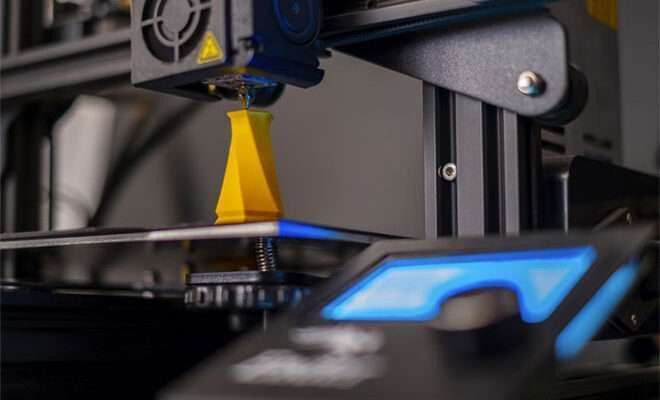
How to Choose the Right Filament Material for Your 3D Printing Project
How to Choose the Right Filament Material for Your 3D Printing Project
The first step to choosing a filament material is deciding what it is you are trying to accomplish. What kinds of projects will you be doing? The filament material that works well for a pencil holder probably won’t work as well for a radiator cap. So, it is best first to determine what it is you will be printing and then to decide what kind of filament to use. How to choose the right filament material for your 3D printing project.
General Purpose Applications
The first filament you purchase should probably be something that works well in most situations. It should be a general-purpose material that you can use for a wide variety of projects. Polylactic acid (PLA) is the perfect filament material for this.
Virtually all FFF/FDM 3D printers are capable of using PLA, even those without heated beds. It is easy to print with and doesn’t require any special tweaking. It is capable of fine detail and comes in a wide variety of colours to suit every taste.
Until recently, however, PLA was considered to be weaker than ABS (the second most popular filament material). While this is technically true under normal thermoplastic manufacturing methods, it may not be true for 3D printing. This is because PLA liquefies more during printing, resulting in a stronger bond between layers. The result is that, practically speaking, PLA and ABS are fairly evenly matched for strength.
High-Temperature Applications
One area in which acrylonitrile butadiene styrene (ABS) does better than PLA is in high heat. Generally, ABS is printed at temperatures between 30°C and 40°C higher than PLA, which has a tendency to soften and deform at temperatures even lower than that.
This means that ABS is a much better choice than PLA for parts that will be exposed to heat. A hot-end mount, for example, should be printed in ABS. That’s simply because the hot end, as you have probably assumed, gets hot and a PLA part wouldn’t hold up to that heat.
High-Stress Applications
If the part will be under a lot of stress, then you are going to need a very strong material. PLA and ABS are both moderately strong, but sometimes you are going to need plastic that is very strong. One material that has recently become popular for this purpose is polycarbonate.
Polycarbonate is a thermoplastic, just like PLA and ABS, except it is a very strong one. Polycarbonate is often used to make bulletproof glass (though it is manufactured differently for that use), and it is very strong. However, it is more expensive than both PLA and ABS and is harder to print, so it should really only be used when necessary.
High Friction Applications
If friction will be a major concern, then it is worth using a material that has a low coefficient of friction. Nylon is the most common filament material which fills this need. Because of its tendency to warp, it is ill-suited for general printing. But, if you need to print things like washers, bushings, or other contacting parts, it works well.
Artistic Applications
When the aesthetics of the material are your primary concern, you will have a lot more options (depending on what look you are going for). Normally, the desired mechanical properties of the material will limit how it can look. But when that’s not a concern there is a lot more freedom when it comes to colours and textures.
Suppose you are looking for creative ways to showcase your 3D prints. In that case, adding custom designs like these printable NBA colouring pages can be a fun touch, especially if you are working with filament materials that offer good colour contrast. Otherwise, you can find inspiration for sports-themed 3D prints with these ice hockey coloring pages, which provide excellent reference designs for intricate details when using filaments like PLA or ABS.
In the past few years, the market has exploded with new and interesting filament materials which are designed to replicate the look and feel of other more traditional materials. Materials like brick, wood, plaster, bronze, gold, glass, and so on can be successfully emulated by your 3D printer. Products like these make it possible to really expand the usefulness of 3D printing for artistic applications.














